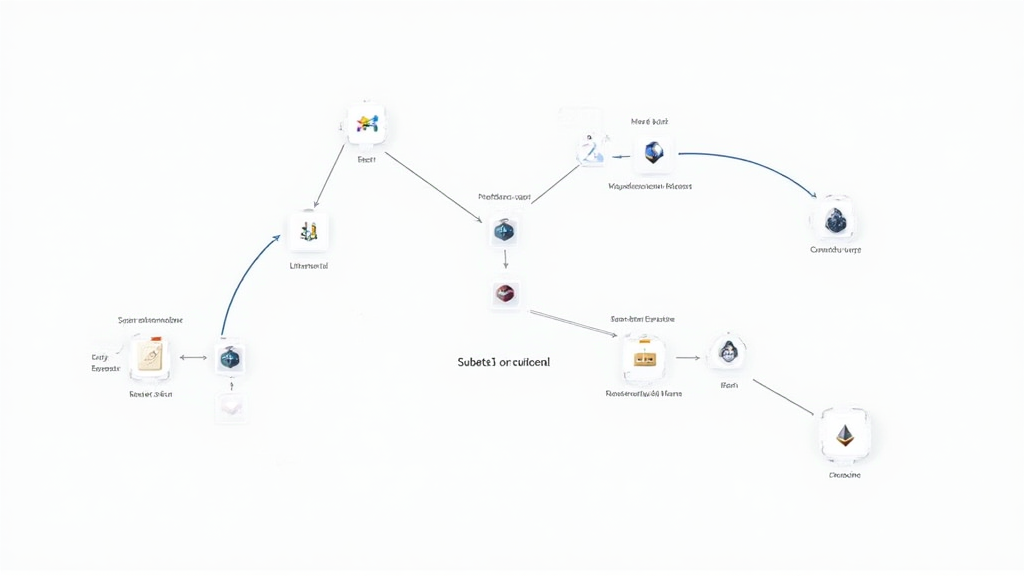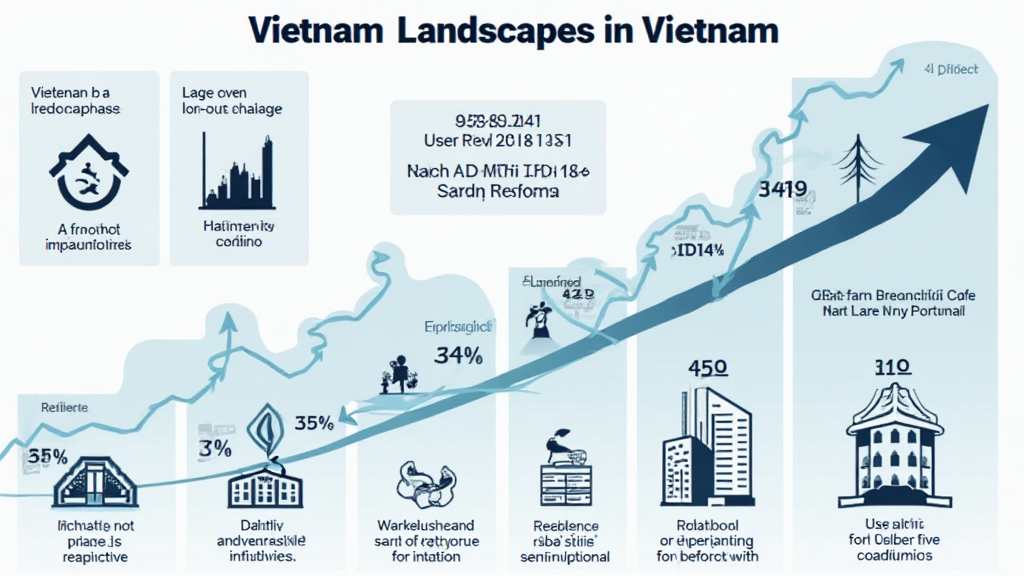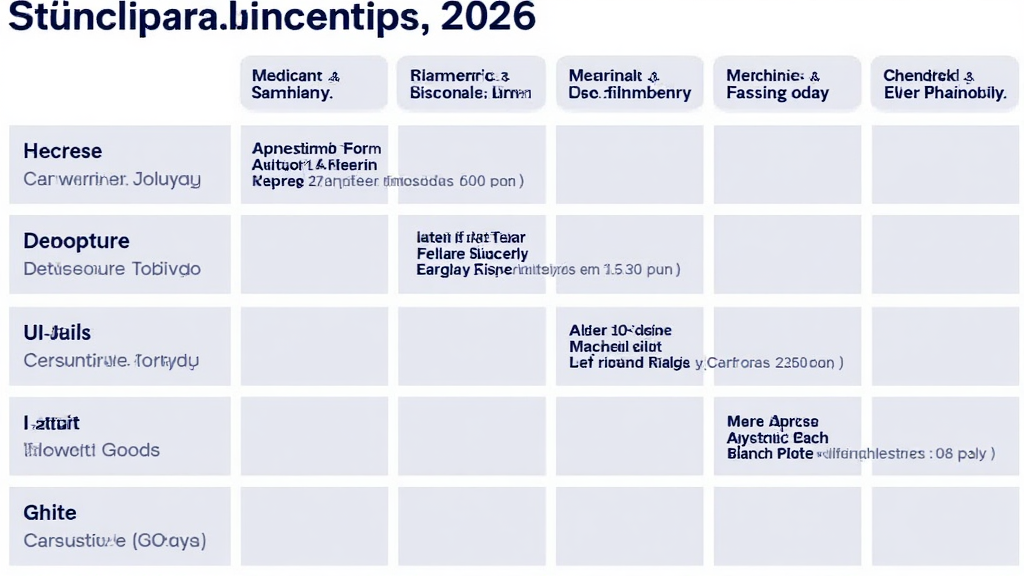Understanding Ethereum Transactions and Their Impact on Blockchain Security
With over $4.1 billion lost in DeFi hacks in 2024 alone, the security of Ethereum transactions has never been more crucial. As digital assets become a larger part of our financial ecosystem, understanding these transactions is vital for anyone involved in cryptocurrency. In this article, we will explore the inner workings of Ethereum transactions, their security implications, and what the future holds for blockchain technology. By leveraging authoritative data and timely examples, we aim to provide you with valuable insights into Ethereum transactions.
What Makes Ethereum Unique?
Ethereum is often recognized for its robust ecosystem that supports smart contracts and decentralized applications (dApps). Unlike Bitcoin, which primarily serves as a digital currency, Ethereum extends its functionality beyond simple transactions.
Key Features of Ethereum:

- Smart Contracts: These self-executing contracts eliminate the need for intermediaries, increasing transaction efficiency.
- Decentralized Applications: Ethereum enables developers to build applications that are not controlled by a single entity.
- Token Standards: ERC-20 and ERC-721 are widely used for creating fungible and non-fungible tokens, respectively.
This extensive functionality is what has propelled Ethereum to its status as the leading platform for decentralized finance (DeFi) and non-fungible tokens (NFTs). But what are the implications of these features for transaction security?
How Ethereum Transactions Work
At its core, an Ethereum transaction is the transfer of Ether (ETH) or a token from one wallet to another. This transaction process consists of several key components:
- Nonce: A number that ensures each transaction can be uniquely identified.
- Gas Price: The fee users are willing to pay for miners to process their transaction.
- Gas Limit: The maximum amount of gas units the user is willing to spend on a transaction.
- Data: Information that is required for executing smart contracts.
Once a transaction is initiated, it enters the mempool, awaiting validation by miners. Miners collect transactions, validate them, and add them to the blockchain. This validation is critical for maintaining the integrity of the Ethereum network.
Consensus Mechanisms and Their Vulnerabilities
Ethereum utilizes a Proof of Work (PoW) consensus mechanism; however, with the transition to Proof of Stake (PoS) scheduled for Ethereum 2.0, there are emerging concerns regarding security vulnerabilities.
Types of Vulnerabilities:
- 51% Attacks: If an entity controls over 50% of the network, they could manipulate transactions.
- Smart Contract Bugs: Errors in smart contract code can lead to significant financial losses. For example, the DAO hack in 2016 led to a loss of $50 million.
- Reentrancy Attacks: This occurs when a smart contract calls another external contract and gets manipulated.
To safeguard against these vulnerabilities, developers and users must conduct thorough audits of smart contracts. Hibt.com provides valuable resources for auditing smart contracts and ensuring security compliance, particularly in the growing Vietnamese market where crypto investments are rapidly increasing.
Ethereum Transactions and Blockchain Security Standards
As we navigate through increasing amounts of transaction data and auditing needs, understanding blockchain security standards becomes imperative. With the anticipated growth of the Ethereum network, key security standards must be implemented and upheld.
2025 Blockchain Security Standards:
- Compliance with Local Regulations: Adhering to regulations ensures the legitimacy of transactions.
- Enhanced Token Security: Implementing advanced security settings for token transactions is crucial.
- Data Encryption: Ensuring transaction data is encrypted protects user privacy.
In Vietnam, compliance with these security standards is essential, as the number of cryptocurrency users grew by 38% in 2023, emphasizing the need for a safe trading environment.
The Future of Ethereum Transactions
Looking ahead, the landscape of Ethereum transactions will be shaped by the implementation of Ethereum 2.0 and the transition to Proof of Stake. This transition is set to revolutionize not just Ethereum’s efficiency but also its security protocols.
Additionally, as more businesses and individuals turn to DeFi solutions, the demand for secure and efficient transactions will continue to grow.
Future Trends:
- Increased Transaction Speeds: Ethereum 2.0 aims to process thousands of transactions per second.
- Further Decentralization: The platform’s transition will distribute transaction validation across multiple validators rather than a select few miners.
- Adoption of Layer 2 Solutions: Technologies like rollups will increase transaction throughput and lower costs.
These aspects will create a more resilient ecosystem for Ethereum and enhance the overall security of transactions.
As Ethereum continues to evolve, it’s essential for users and developers alike to stay informed about transaction best practices and security measures. The landscape of blockchain is rapidly changing, and being proactive about these issues is critical for safeguarding investments.
Conclusion
In conclusion, understanding Ethereum transactions, their security implications, and the evolution of network protocols are vital for anyone involved in cryptocurrency. As we look forward to future developments, such as Ethereum 2.0, the significance of adhering to security standards will become increasingly apparent. As users, leveraging robust platforms like mycryptodictionary for insights and updates can aid in smoothing your navigational path through the crypto industry.
Author: Dr. Alex Tran, a blockchain expert with numerous published papers on cryptocurrency transactions and security. He has led audits for several well-known projects and remains a thought leader in the ongoing development of blockchain technology.





